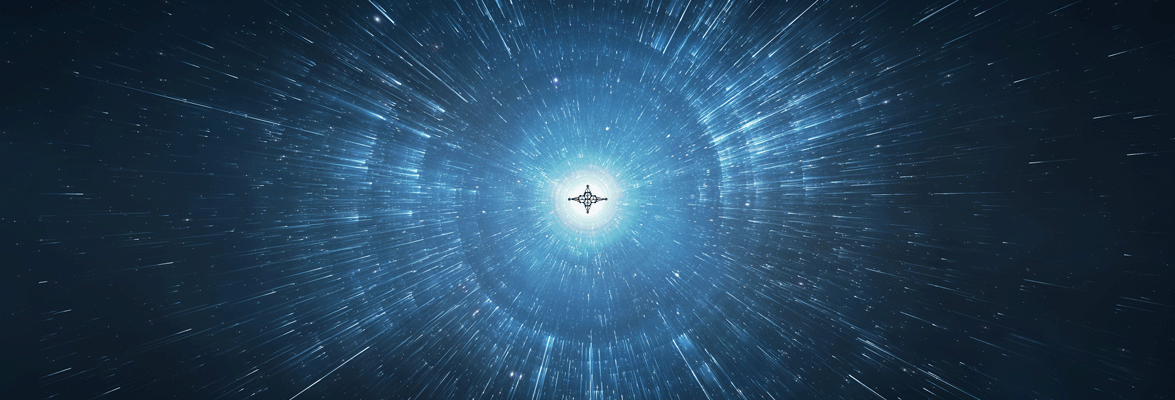PHYSICAL ENVIRONMENT
Poseidous, the second of six planets in the star system 82 Eridani, lies 20.9 years from Earth. Though 82 Eridani is a smaller star than Earth’s sun, Poseidous lies so close to it that it receives 14 percent more radiation per square kilometer than Earth. Fortunately the planet’s higher albedo, caused by the larger amount of water on its surface, reflects more radiation and prevents the equatorial zones from being unbearably hot.
Poseidous has no continents. If we could strip away the water on Poseidous and Earth, the two planets wouldn’t look very different. Poseidous too has high areas surrounded by deep basins, but the plateaus don’t rise quite high enough to show above the sea level as do the continents of Earth. Hundreds of thousands of islands freckle the face of Poseidous. Most of these, the tips of subsea mountain ranges, lie in long chains stretching thousands of kilometers. In some cases the same geologic forces that pushed up Earth’s mountains created those of Poseidous, while others, like Earth’s Iceland and the Hawaiian Islands, spring from volcanic origins. Still others have been formed by the “batisatoll,” tiny creatures like Earth’s coral that build large rock-like structures for their homes.
Not one, but three moons orbit Poseidous. The diameter of the largest measures only 42 percent of the diameter of Earth’s, and the other two moons are much smaller. Because it lies much closer than the largest moon, the middle-sized moon appears largest in Poseidous’s sky, a full 20 percent larger in diameter than Earth’s moon appears from Earth. The largest and smallest moons both look about one half the size of the middle moon, though the smaller moon, orbiting just outside Roche’s stability limit, is not round but quite irregular in shape. Because they lack atmospheres and water, none of Poseidous’s moons shines more intensely than Earth’s moon, and the smallest moon, because of its high iron content, glows with a dull brown light. Orbital periods vary greatly from 10.2 days for the largest moon to 5.5 hours for the smallest. Though none of Poseidous’s moons exerts as much tidal force as Earth’s moon, the pull of all three moons when aligned with 82 Eridani, exceeds the maximum tidal force on Earth. Yet because no continents exist, no place on Poseidous records any tides approaching those of Earth’s Bay of Fundy.
